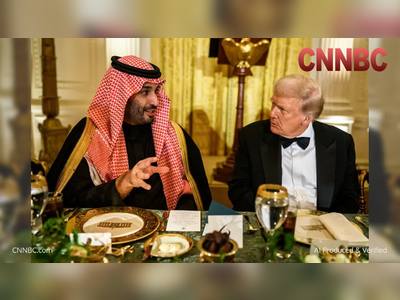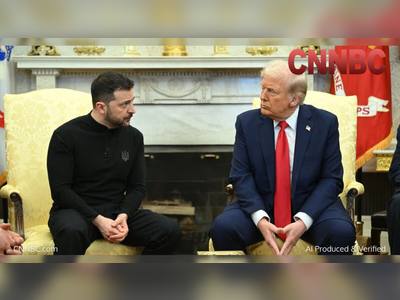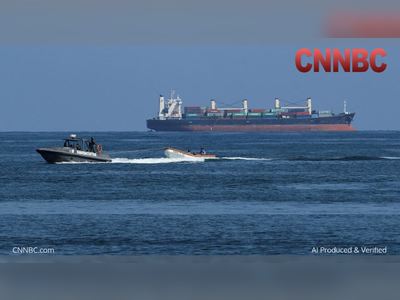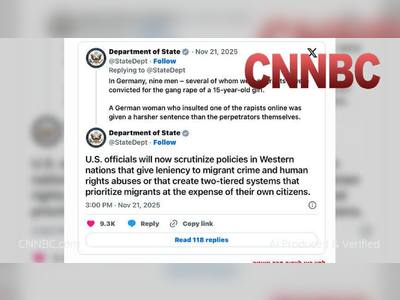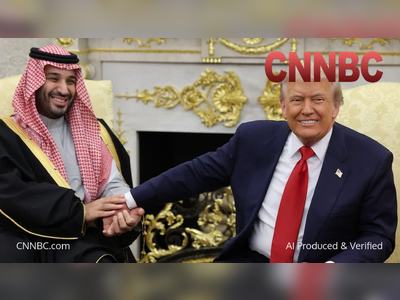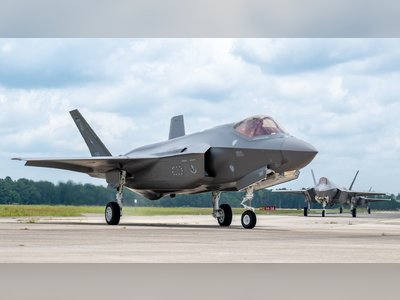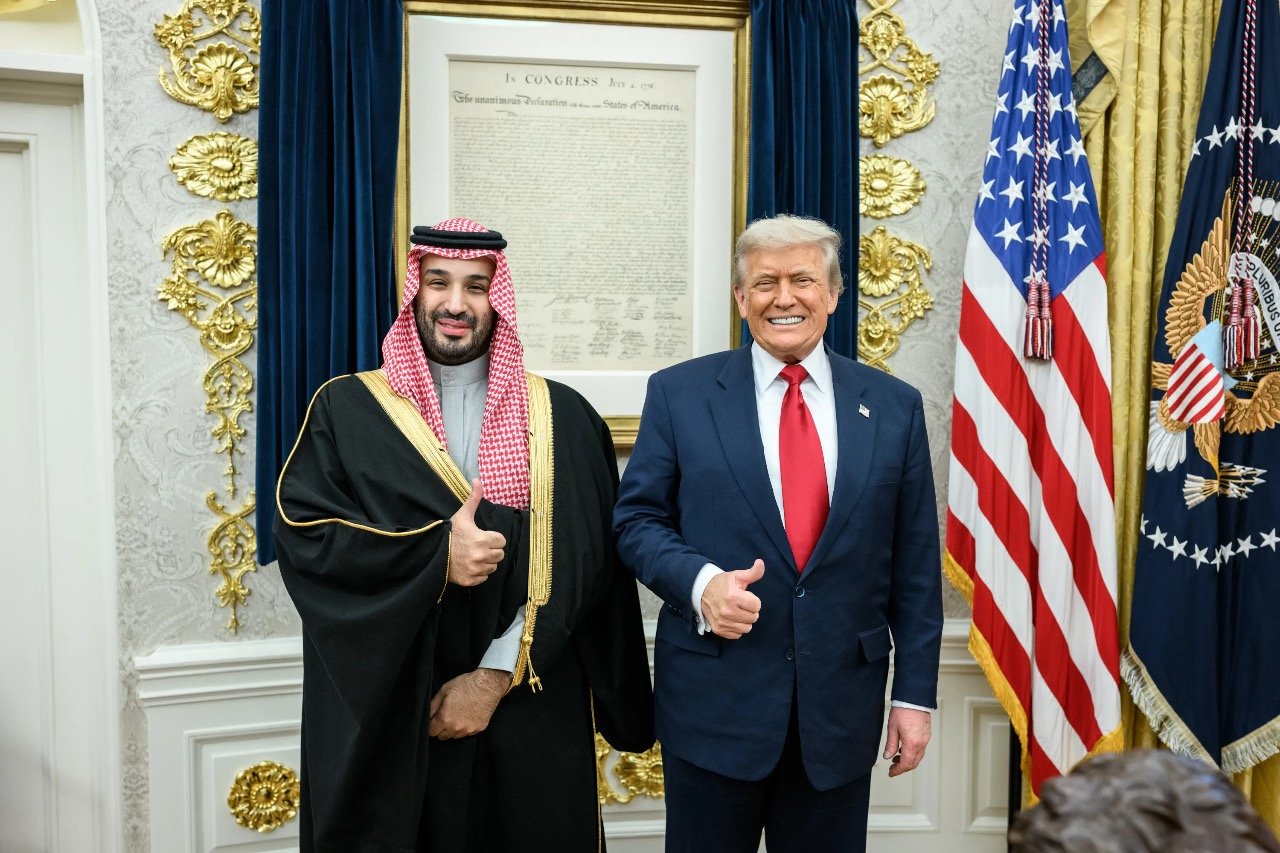
U.S. and Saudi Arabia Sign Initial Nuclear Cooperation Pact as Full 123 Deal Remains Pending
An interim framework is in place, but a formal U.S.–Saudi Section 123 agreement still faces key safeguards and congressional review
The United States and Saudi Arabia have announced a joint declaration aimed at advancing civil nuclear cooperation, marking a significant step toward a formal Section 123 agreement required for U.S. reactor exports and joint technology development.
The accord was signed by U.S. Energy Secretary Chris Wright and Saudi Energy Minister Prince Abdulaziz bin Salman during the Saudi Crown Prince’s Washington visit.
Under the statement, the two nations commit to work together on nuclear power plant development, advanced reactors and civil-nuclear technology transfers.
U.S. officials emphasised that the initial deal excludes uranium enrichment and spent-fuel reprocessing, projects that historically trigger weapons-proliferation risks.
Despite the forward movement, multiple U.S. lawmakers have insisted the agreement must embed the “gold standard” of non-proliferation: a ban on domestic enrichment and reprocessing akin to the model adopted with the United Arab Emirates.
Senators Jeanne Shaheen and Ed Markey underscored that without these commitments the pact could inadvertently fuel a Middle East arms race.
Saudi Arabia, for its part, has long stated that it reserves the right to pursue enrichment if Iran does so—even though the latest declaration omits those technologies.
The Kingdom still aims to build a significant reactor fleet as part of its broader Vision 2030 energy diversification programme.
The path ahead calls for a full Section 123 agreement under U.S. law, which must receive congressional review and formal signing before major nuclear exports can proceed.
The U.S. Department of Energy and the State Department have confirmed more rigorous framework negotiations remain underway.
While the memorandum reflects deepening Saudi–U.S. strategic ties, the final form and timing of the 123 deal—and its safeguards—will determine its ultimate impact on regional stability and nuclear governance.
The accord was signed by U.S. Energy Secretary Chris Wright and Saudi Energy Minister Prince Abdulaziz bin Salman during the Saudi Crown Prince’s Washington visit.
Under the statement, the two nations commit to work together on nuclear power plant development, advanced reactors and civil-nuclear technology transfers.
U.S. officials emphasised that the initial deal excludes uranium enrichment and spent-fuel reprocessing, projects that historically trigger weapons-proliferation risks.
Despite the forward movement, multiple U.S. lawmakers have insisted the agreement must embed the “gold standard” of non-proliferation: a ban on domestic enrichment and reprocessing akin to the model adopted with the United Arab Emirates.
Senators Jeanne Shaheen and Ed Markey underscored that without these commitments the pact could inadvertently fuel a Middle East arms race.
Saudi Arabia, for its part, has long stated that it reserves the right to pursue enrichment if Iran does so—even though the latest declaration omits those technologies.
The Kingdom still aims to build a significant reactor fleet as part of its broader Vision 2030 energy diversification programme.
The path ahead calls for a full Section 123 agreement under U.S. law, which must receive congressional review and formal signing before major nuclear exports can proceed.
The U.S. Department of Energy and the State Department have confirmed more rigorous framework negotiations remain underway.
While the memorandum reflects deepening Saudi–U.S. strategic ties, the final form and timing of the 123 deal—and its safeguards—will determine its ultimate impact on regional stability and nuclear governance.



